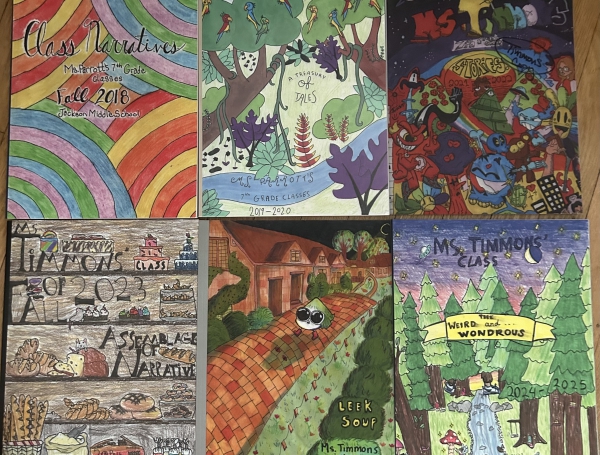

Developing and Reinforcing Responsibility in Your Students
September 15, 2017
Early on in my teaching career, I recognized that while students were expected to take on more responsibility in high school, that unless they were in an AVID or basic skills class, they often were lacking the skills to do so. As a teacher, I assumed that students were already capable of being independent learners and problem solvers, but inevitably I found that a large portion of students needed my time, attention, and constant oversight to be successful. It seemed that many students were very needy, and only knew how to satisfy their need by coming to the teacher for everything. In an attempt to develop and reinforce responsibility in my students, I created a hands off approach to calendaring and late work that promotes student initiative and independence.
A beneficial byproduct of this system for the teacher is more sanity by not having to deal with every absent student on a daily basis. As teachers, we are bombarded with a thousand questions a day and if we can get students to answer even a portion of those questions on their own, our work load reduces, and our students advance towards improved problem solving skills and independence.
Instead of harboring the “I was absent, what did I miss?,” “Can I get my late work to complete?,” and “Can I give my absent work to you?” questions, I have developed a system where students calendar in their binder on a daily basis.
If they are absent they can access my online calendar on my website or refer to the updated wall calendar to get caught up upon their return. This part of the process ensures that students can access the information as to what they missed without ever having to ask me the “What did I miss?” question.
Once they have the titles of the assignments and activities they missed, they can either download and print them from my website, or they can get the hard copy from my “Absent Work” box in the back of my classroom. This alleviates the amount of “Can I get what I missed?” questions. I will still field this question only if the student comes and tells me: what day they missed, what they missed, and that they cannot find or access it online or in the box. This at least informs me that they went through the protocol and showed initiative.
Once the absent work is completed in the one week policy window, they complete an “Absent Work Form” in the back of the class which asks for
the date of the absence, the reason, and whether it should be excused for full credit or not. Students attach this to their late work and submit it in the “Absent Work Submission” box also in the back of the class. This keeps me from being bombarded with student late work at the most random and
inconvenient times and allows the students an opportunity to justify their absence.
I have found that by teaching this system from day one and supporting it throughout the year, the students become able individuals that are responsible. With clearly defined protocols, students quickly learn that they are in control and that the teacher will not assist them unless they assist
themselves. It is easy to lean on a crutch for as long as it is offered them. I feel that this system works and develops better student behavior and performance because students stay better informed of what they miss, sometimes completing it even while they are absent, and because students show great growth as the year progresses and they adapt to the system.
What are your thoughts? What kinds of systems do you use to help nurture responsibility in your students?
This guest post was written by Teacher Caleb Rice after completing a Heritage Institute online continuing education course for Teachers.
 My name is Caleb Rice and I have been teaching for seven years, all of them at El Diamante High School in Visalia, CA. I teach all grades in my AP Human Geography class, and mostly sophomores in my World History class. I love sports, the outdoors, and most of all enjoying my family on my free time. I may be biased, but my favorite THI courses so far are the History and Social Science courses that incorporate movies in to the learning to increase engagement like WWII in Film and Literature, History of American Sports, and Guns, Germs, and Steel.
My name is Caleb Rice and I have been teaching for seven years, all of them at El Diamante High School in Visalia, CA. I teach all grades in my AP Human Geography class, and mostly sophomores in my World History class. I love sports, the outdoors, and most of all enjoying my family on my free time. I may be biased, but my favorite THI courses so far are the History and Social Science courses that incorporate movies in to the learning to increase engagement like WWII in Film and Literature, History of American Sports, and Guns, Germs, and Steel.




